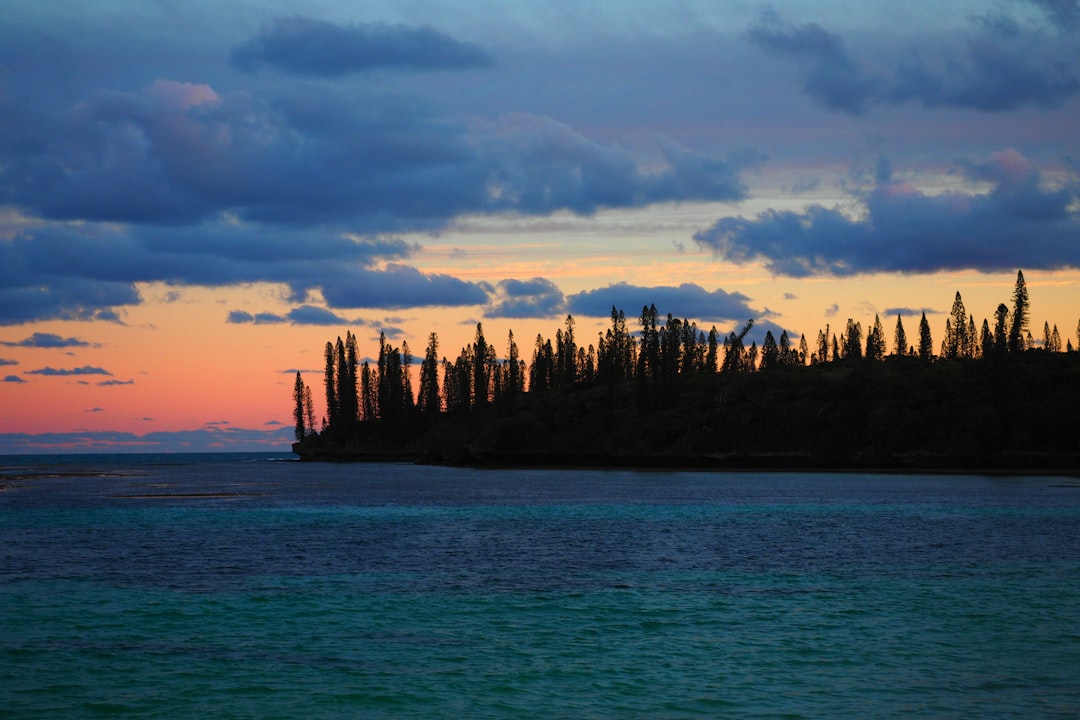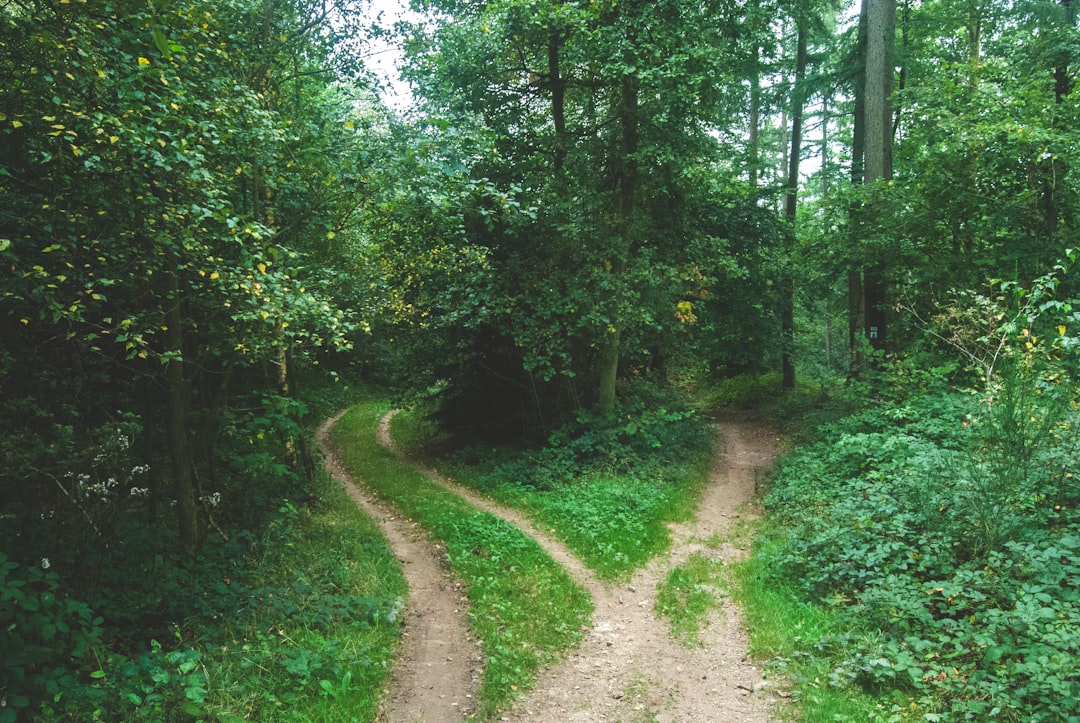What is it about?
How did Andean women contribute to the colonial silver industry under and above ground? By examining a mine dispute between an indigenous woman and a Spanish man, this article suggests how a literary approach to legal archives can shed new light on an important and understudied area. It also provides an appendix with one hundred cases of indigenous, creole, and Spanish women miners, refiners, and managers in Alto Perú, 1559–1801, suggesting how women of different socioeconomic and technical backgrounds participated in the silver industry.
Featured Image
Why is it important?
When we think of mining in the colonial era, we tend to think of large-scale destruction of human communities and ecologies. This article does not deny the violence of colonial systems, but it does suggest that there is another story here: the choices that indigenous women and men made to develop key technical skills in mining and refining, and to use imperial law to their own advantages in their own communities.
Perspectives
This is the first article I worked on as a graduate student, and I'm thrilled to see it in print. I hope that it promotes conversation between and among literary scholars, historians of science, and legal histories about important intersections in our work and our methods.
Allison Bigelow
University of Virginia
Read the Original
This page is a summary of: Women, Men, and the Legal Languages of Mining in the Colonial Andes, Ethnohistory, April 2016, Duke University Press,
DOI: 10.1215/00141801-3455347.
You can read the full text:
Contributors
The following have contributed to this page










